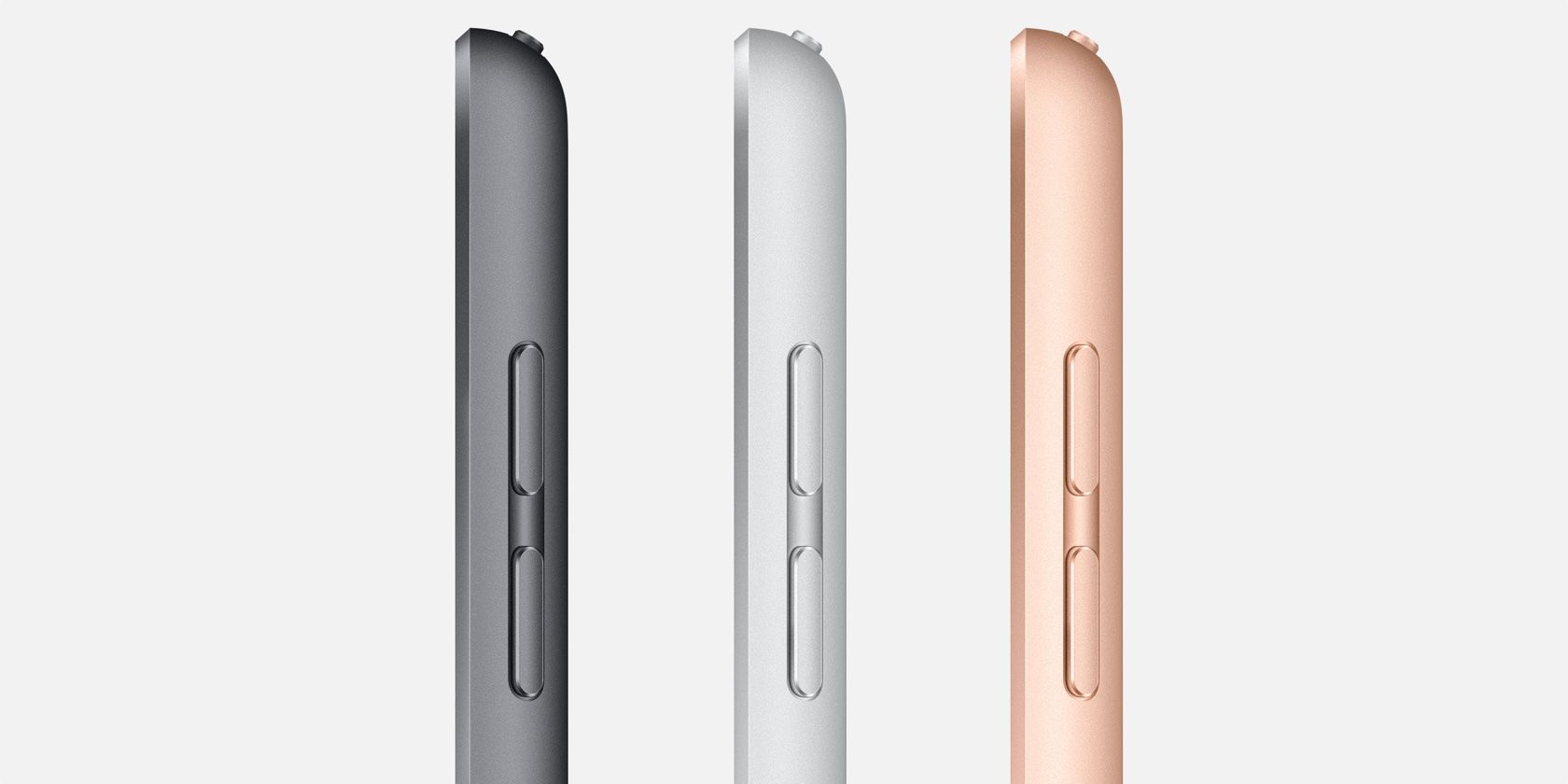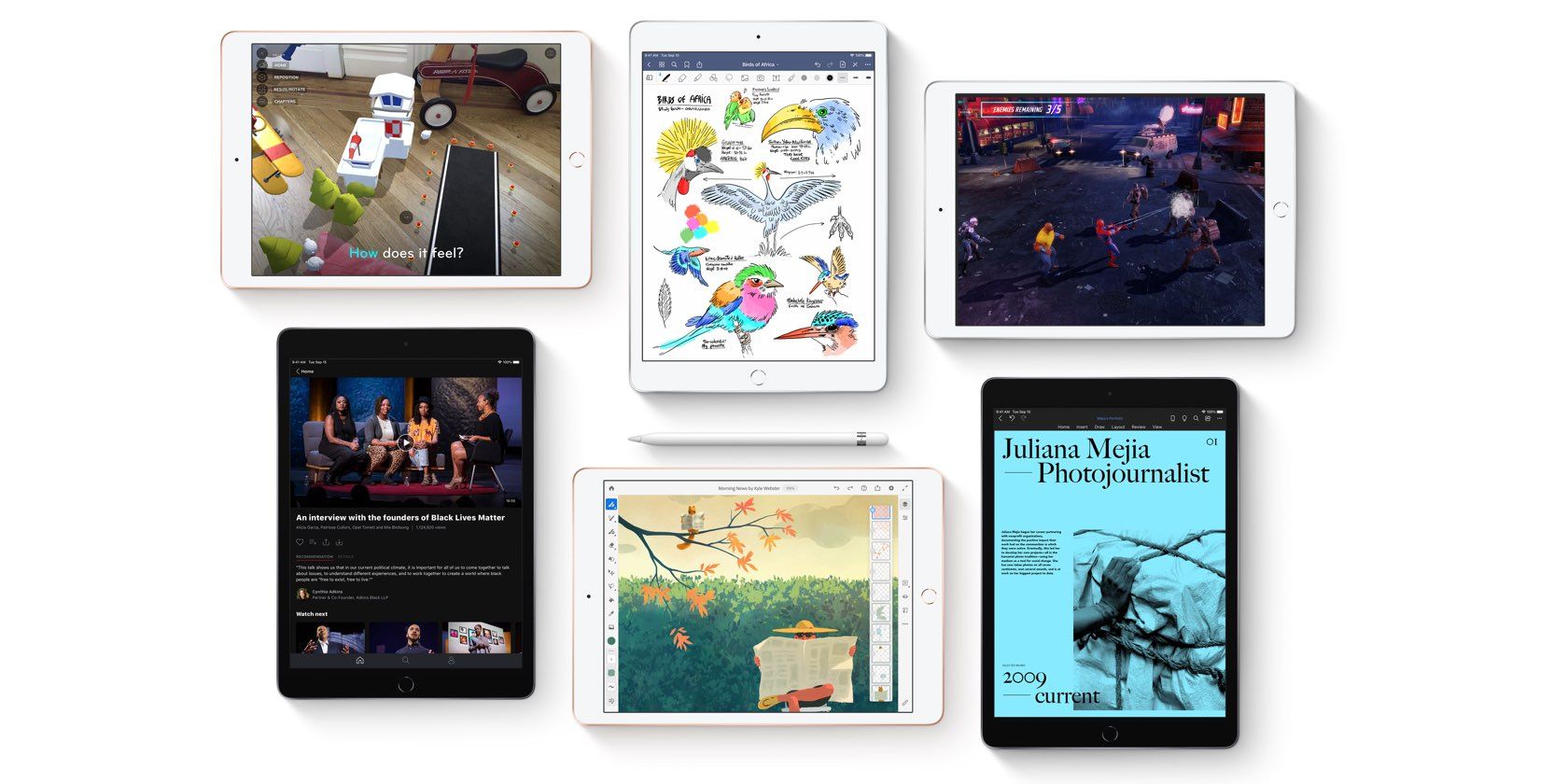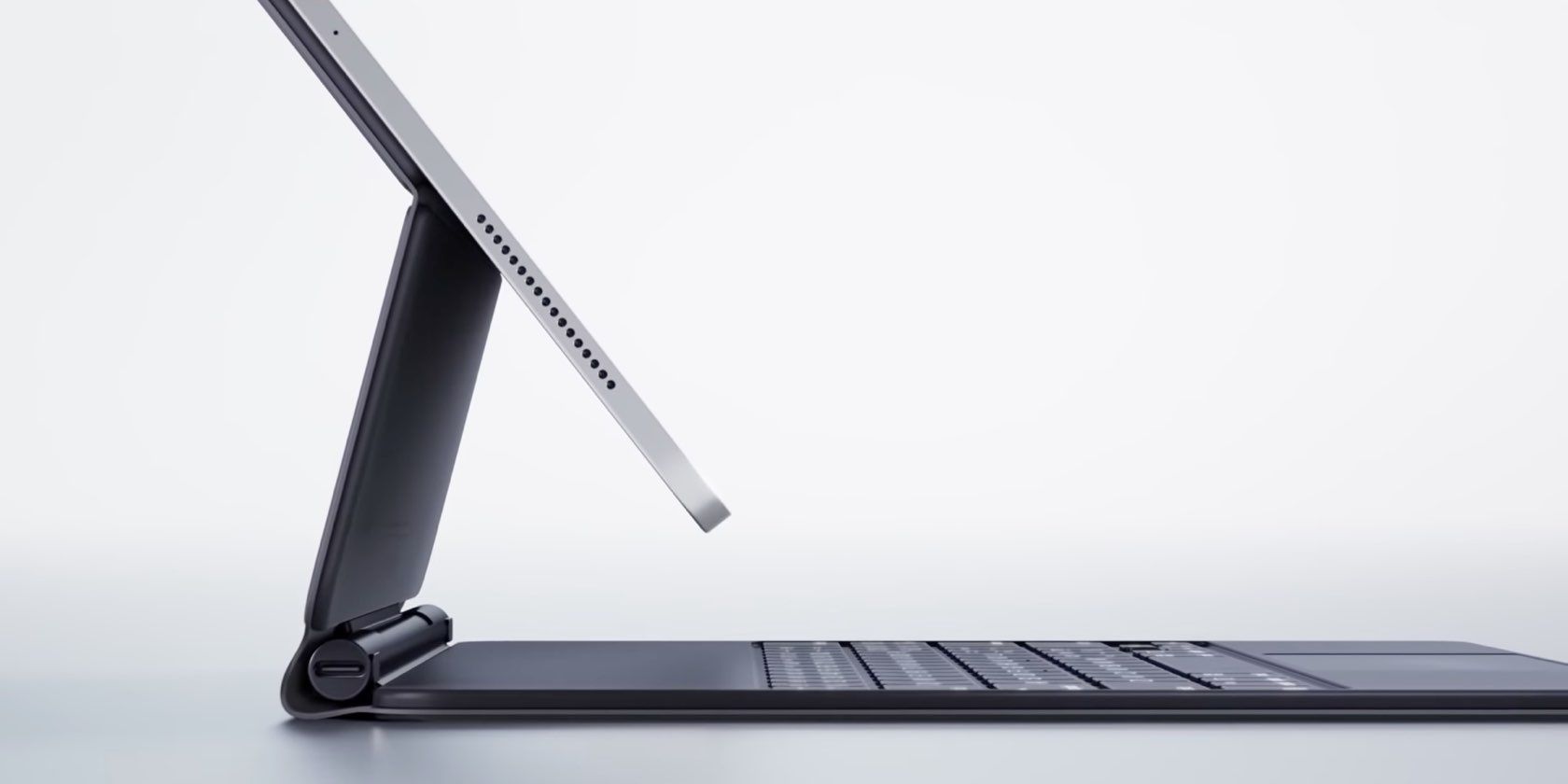Apple is predicted to be making some interesting design changes to its tablet lineup this year, with the upcoming revision to the low-cost $329 model said to resemble the thin and light appearance of the third-generation iPad Air. Another report suggests that there will be no design changes to the next iPad Pro, Apple's first device to use a mini-LED display.
In a nutshell, the $329 low-cost iPad is getting a more modern design akin to the previous third-generation iPad Air while the current one has already switched to an iPad Pro-like design.
A "Significantly Thinner" Low-Cost iPad
The $329 iPad is Apple's most affordable tablet, with the upcoming ninth-generation refresh reportedly bringing a more modern design akin to the previous iPad Air. Expect a thinner, lighter tablet based on the third-generation iPad Air (introduced in 2019).
Reliable Japanese blog Mac Otakara has reported that the refresh will include a 10.2-inch display, fully laminated to eliminate the visible gap between the LCD and cover glass.
The screen will feature Apple's True Tone technology and support P3 wide color. Other advantages of mini-LEDs include some of the benefits of OLED panels, like richer colors, higher contrast ratio, and darker blacks.
The device should have a "significantly thinner" appearance at just 6.3mm. By comparison, the current iPad model is 7.5mm thick. Moreover, the device is expected to be lighter at 460 grams (the current model weighs in at 490 grams). Apple is not expected to transition this iPad to USB-C as the report mentions that the tablet will feature a Touch ID home button and a Lightning port. As there's no Face ID, don't expect a fullscreen design either.
No Design Changes for the 2021 iPad Pro
Analysts think that the next iPad Pro is due in early 2021. The Mac Otakara report corroborates rumors that the upcoming revision will file as Apple's first device to adopt a display backlight based on power-sipping mini-LED technology.
Basically, the technology lights up the pixels with thousands of tiny LED lights. Aside from saving on battery life, this allows for a more granular backlight with local dimming zones, which is great for HDR video.
Originally supposed to arrive before the end of 2020, the next iPad Pro reportedly got delayed due to the supply chain disruptions caused by the ongoing COVID-19 pandemic.
The publication goes on to explain that Samsung Electronics will be releasing its mini-LED television sets in the first quarter as well, in turn helping stimulate demand for mini-LED backlighting. Other advantages of mini-LEDs include some of the benefits of OLED panels, like richer colors, higher contrast ratios, and darker blacks.
If you've instead been keeping your fingers crossed for an iPad Pro outfitted with an OLED-based display, Barclays analysts predict that it likely won't ship until 2022 at the earliest (about half a decade since OLED screens landed on the iPhone).
Making Sense of the Apple's 2021 iPad Lineup
Taking all of this in, Apple's 2021 tablet family is poised for some design changes meant to create a more streamlined offering.
We think it's exciting that the next $329 iPad will be thinner and lighter than its predecessor, even if it means adopting a design language similar to the previous iPad Air. And we definitely find it interesting that the current iPad Air has already borrowed the iPad Pro's fullscreen appearance with flat edges, Face ID, USB-C, and more.
All of which yields the following question: If the next iPad Air and iPad Pro are indeed going to look largely the same from the outside, which under-the-hood changes Apple might have in store to distinguish the next iPad Pro from the Air, save from a faster chip?



